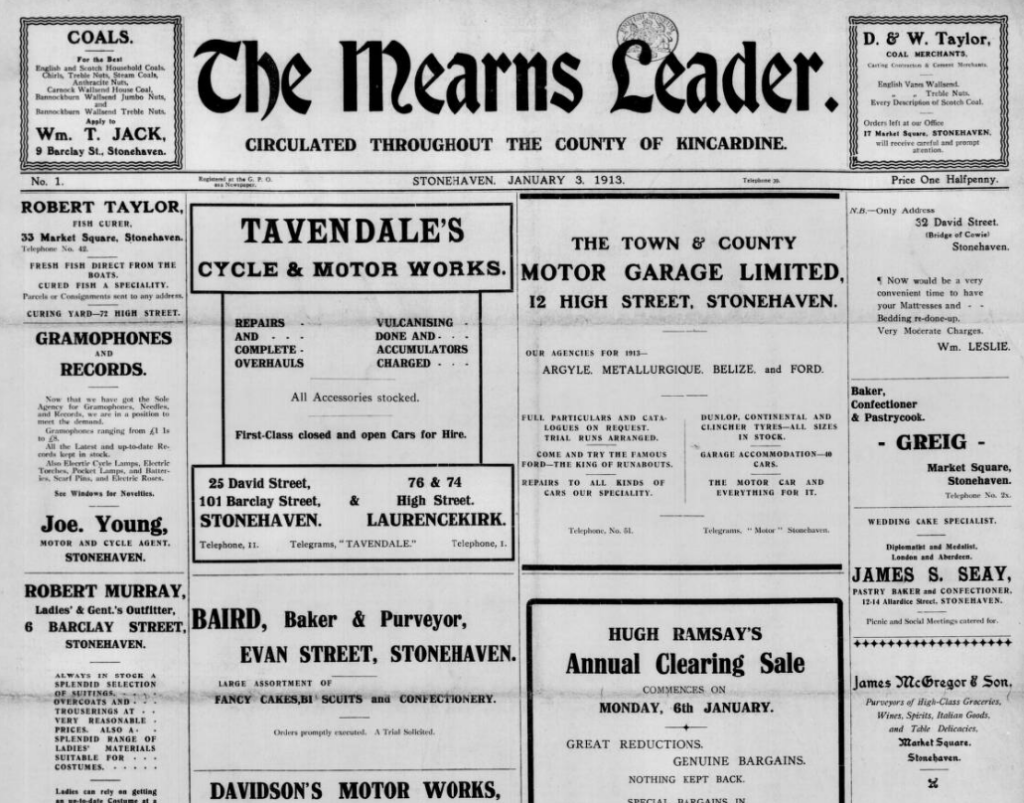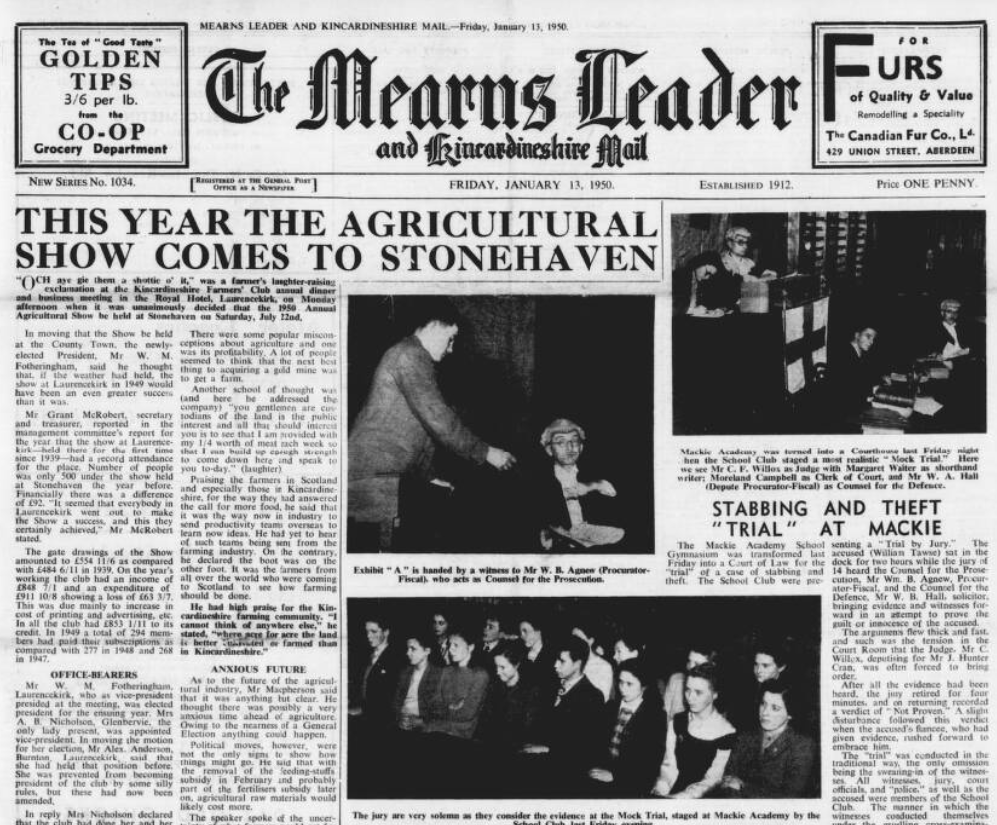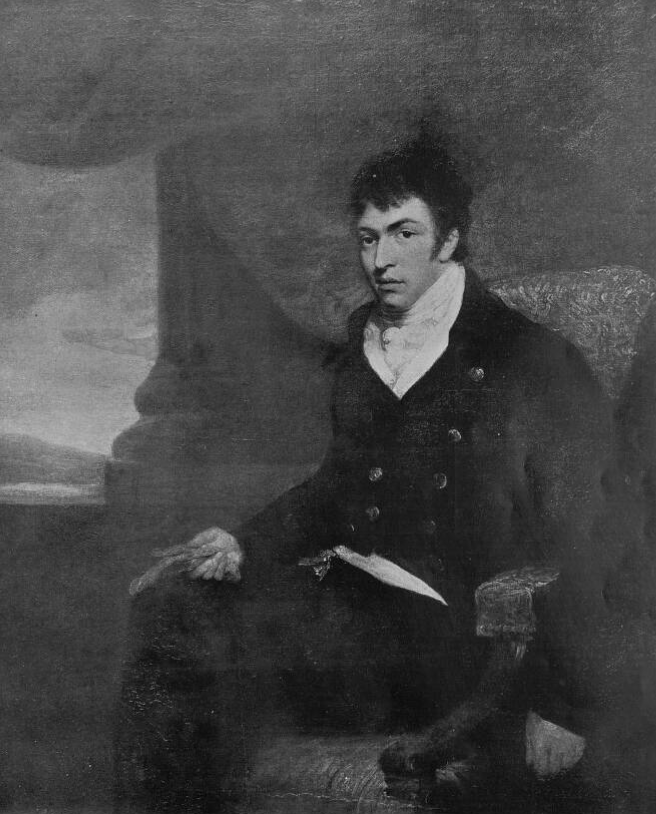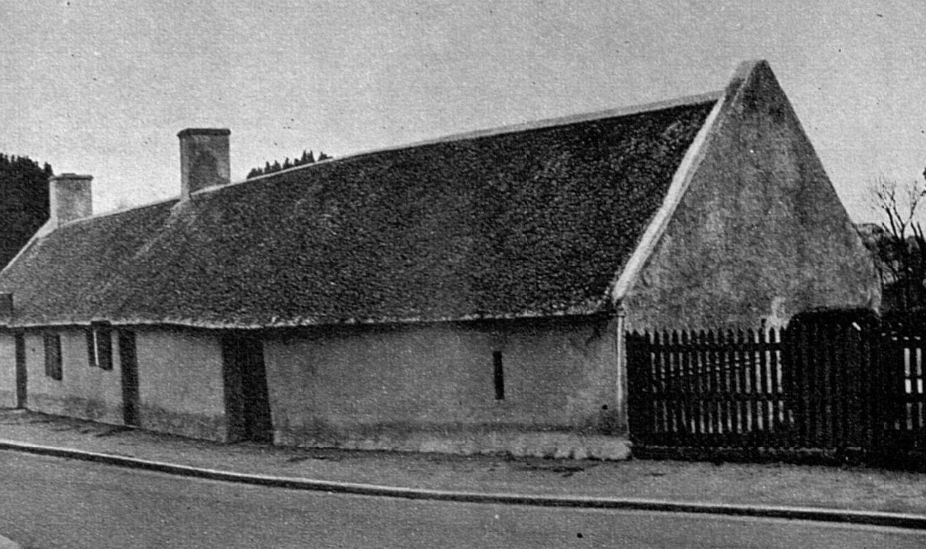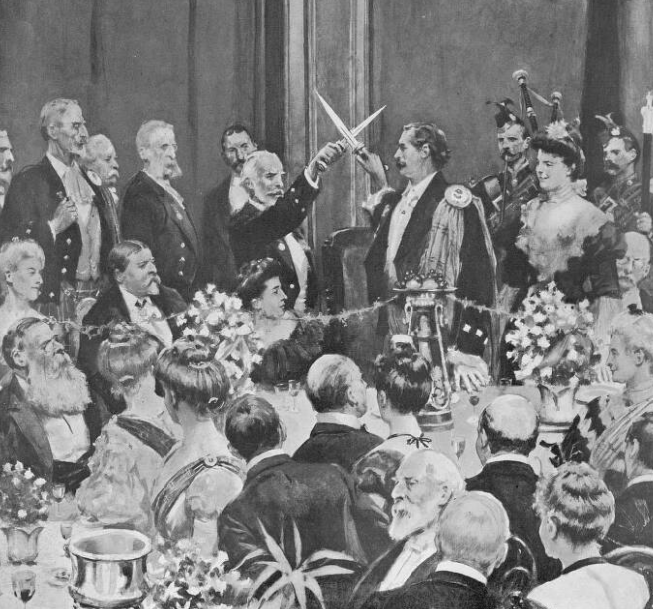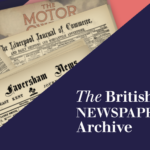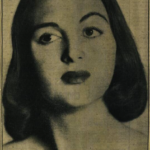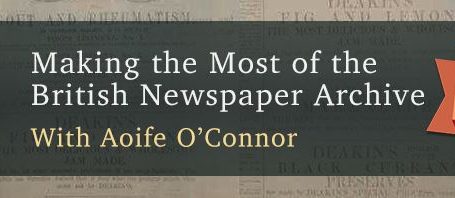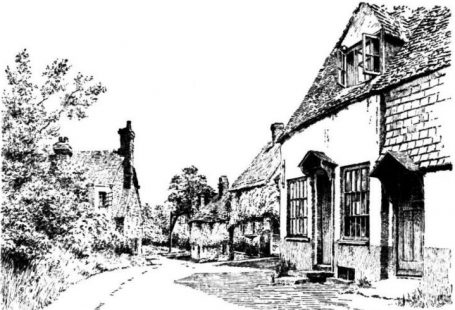This week at The Archive we are marking Burns Night with the addition of a very special brand new Scottish title the Mearns Leader. Meanwhile, from Ballymena to Biggleswade, from Londonderry to Littlehampton, from Maidstone to Market Harborough, we’ve updated ten of our existing titles from England and Northern Ireland. Furthermore, over the last seven days, we have added over 95,435 brand new pages to our collection of historic newspapers.
So read on to discover more about legendary Scottish poet Robert Burns’ connection with the county of Kincardineshire via our fascinating new title the Mearns Leader, whilst learning all about the newspaper itself. You can also find out which of our ten current titles have received updates this week.
Register now and explore the Archive
The Mearns Leader was first published in Stonehaven on 3 January 1913. Stonehaven is a town on Scotland’s northeast coast, and it forms a part of the historic county of Kincardineshire, of which it was the county town. This area of Scotland is also known as the Mearns, which derives from the Scottish Gaelic term A’Mhaoirne (‘the Stewartry’), hence this newspaper’s title.
When the Mearns Leader arrived on the publishing scene, it cost a modest halfpence, and filled six pages. In making its debut, it expressed the hope that it would ‘cater for all classes of the community.’ Moreover, the paper was set to be run ‘on thoroughly up-to-date lines,’ with ‘special attention [being] devoted to the local news of the various towns throughout Kincardine.’
Indeed, the Mearns Leader paid special attention to local and district news, especially reporting on items connected with its town of publication, Stonehaven. The newspaper featured coverage of a range of local happenings, from ‘pretty weddings’ to ploughing matches, from the latest from the golf club to news from the gas company. Meanwhile, the Mearns Leader summarised the news from other towns and villages in the vicinity, from the likes of Laurencekirk, Bervie, Maryculter, Torry, Newtonhill, Banchory, Fettercairn, Rickarton, and Johnshaven.
Straying away from the local, the Mearns Leader also promised to feature a ‘London letter,’ which would carry ‘important Parliamentary and general news of the week.’ Additionally, ‘agricultural news’ would form a key feature of the publication, with columns reporting on such organisations as the Kincardineshire Farmers’ Club. Sport was not neglected either, the Mearns Leader reporting on football matches in the area.
The Mearns Leader appeared every Friday, and in 1930 it became known as the Mearns Leader and Kincardineshire Mail. By this point the publication cost one penny, and it is still published to this day.
That may be it from the Mearns Leader but there are still plenty of other new pages for you to explore this week. Our biggest update of the week are the 23,670 brand new pages that we have added to Bedfordshire paper the Biggleswade Chronicle, whilst over 10,000 brand new pages join Northern Irish title the Derry Journal. Meanwhile, fellow Northern Irish newspaper the Ballymena Weekly Telegraph has also been updated this week.
Remembering Robert Burns in Kincardineshire
As we prepare to mark Burns Night this week, on 25 January, we thought we’d explore the pages of our new title the Mearns Leader for local connections with the famous poet. Burns Night marks the anniversary of Robert Burns’ birth on 25 January 1759. The event is traditionally celebrated with a Burns Supper, which features the classic fare of haggis, neeps and tatties.
The county of Kincardineshire has quite a strong tie to Robert Burns. His father, William, a self-educated tenant farmer, was actually from Dunnottar in the Mearns, whilst Robert himself visited the area. The Mearns Leader on 8 September 1972 outlined some of the area’s connections with the poet. The first and foremost Kincardineshire Burns connection are the Burns ‘family tombstones in Glenbervie Churchyard,’ where the poet’s great-grandparents are buried.
The Mearns Leader goes on to outline a further local connection with Robert Burns, which could be found in the small town of Laurencekirk. Burns had actually stayed at the Gardenston Arms Hotel during his ‘northern tour,’ and a ‘memorial plaque’ was set to be erected ‘above the entrance door’ to commemorate the historic visit.
The Mearns Leader reports how:
The owner, Mr Edward Acton is having the front windows restored to something like their original appearance. He is also having a new door installed, a replica of the one at the entrance lodge at Dunnottar Castle, and the room in the older part of the building, in which the poet is believed to have slept, is to be made to look like what it was then, with suitable fittings and period furniture.
Meanwhile, some ten years before, in the days following Burns Night on 5 February 1960, the Mearns Leader reported on the ‘Plea for Restoration of Burns Tombstones.’ This plea was made by Charles C. Easton, a former president of the Aberdeen Burns Club, as ‘he proposed ‘The Immortal Memory at a Stonehaven Burns night.’ The ‘Immortal Memory’ is a speech traditionally made during a Burns Supper, where a toast is proposed to the poet’s ‘immortal memory.’
Charles C. Easton was also the chairman of the Glenbervie Memorials Committee, and he alluded to the ‘‘quite unsatisfactory state’ of the tombstones.’ Their current state, Easton explained, was due to ‘lack of funds,’ but because they were ‘all they had to link Burns ancestors with this part of Scotland…it was time something was done.’
The Mearns Leader went on to print Easton’s words during the Burns Supper:
‘The originals cannot remain indefinitely in their present casements of cement, which I can only describe as monstrosities…They must sooner or later be restored so that the public, and Burns lovers in particular, can see them, as they have every right to do.’
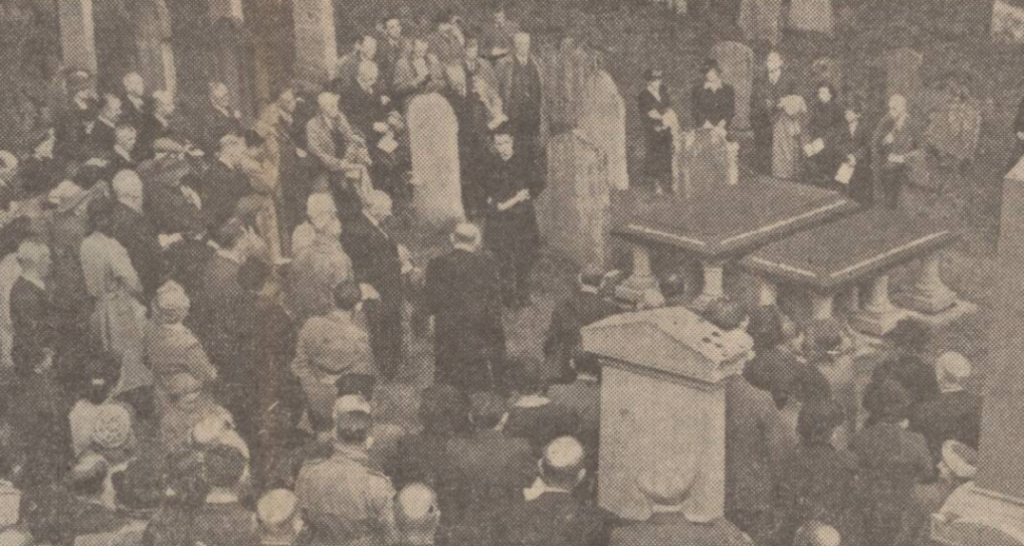
The tombstones have been preserved to this day, and you are able to visit Glenbervie Churchyard in order to visit them.
Find out more about Robert Burns, Burns Night traditions, and much more besides, in the pages of our newspaper Archive today.
New Titles
| Title | Years Added |
| Mearns Leader | 1913-1948, 1950-1957, 1959-1975, 1981-1984, 1986-1989, 1991-1992 |
Updated Titles
This week we have updated ten of our existing titles.
You can learn more about each of the titles we add to every week by clicking on their names. On each paper’s title page, you can read a FREE sample issue, learn more about our current holdings, and our plans for digitisation.
| Title | Years Added |
| Ballymena Weekly Telegraph | 1997, 1999 |
| Biggleswade Chronicle | 1970-1980 |
| Buxton Herald | 1950 |
| Derry Journal | 1991, 1997 |
| Littlehampton Gazette | 1985 |
| Maidstone Journal and Kentish Advertiser | 1887 |
| Market Harborough Advertiser and Midland Mail | 1952, 1973, 1975, 1991 |
| Northampton Herald | 1873, 1878, 1889, 1912 |
| Pateley Bridge & Nidderdale Herald | 1990 |
| Prescot Reporter | 1874 |
You can keep up to date with all the latest additions by visiting the recently added page. You can even look ahead to see what we’re going to add tomorrow.


